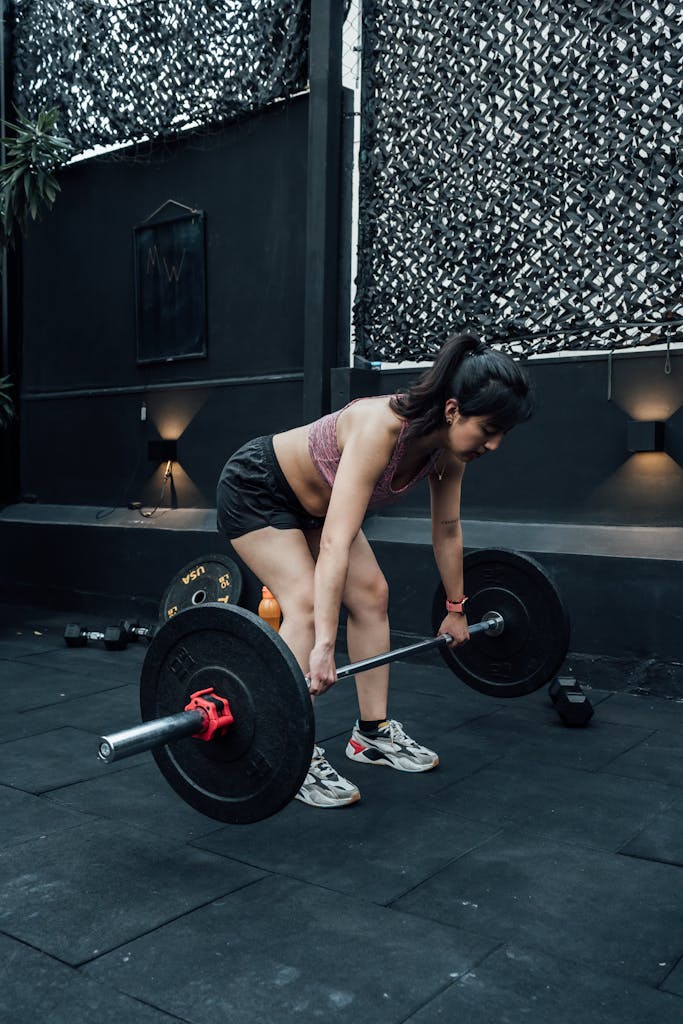Straight leg deadlifts (SLDLs) often get a bad rap for potentially causing back injuries, but this critique usually stems from improper technique or lifting beyond one’s capacity.
When performed correctly and within one’s strength limits, SLDLs can be an effective exercise for building hamstring, glute, and lower back strength.
The benefits of straight leg deadlifts
SLDLs target the posterior chain, which includes the hamstrings, glutes, and lower back muscles.
Strengthening these muscles improves posture, enhances athletic performance, and reduces the risk of injury in other activities.
Unlike regular deadlifts, SLDLs put more emphasis on the hamstrings and glutes, making them an excellent choice for athletes looking to improve their explosive power and lower body strength.
Moreover, SLDLs enhance flexibility and mobility in the hamstrings, which are often tight due to prolonged sitting.
Improved flexibility in these areas can alleviate lower back pain and improve overall movement patterns.
The real culprit: exceeding lifting capacity
The primary reason SLDLs can become detrimental is when individuals lift weights beyond their capacity.
Lifting too heavy can lead to compromised form, causing undue stress on the spine and increasing the risk of injury.
Proper form includes maintaining a neutral spine and avoiding excessive rounding of the back.
Modifications and recommendations
To ensure SLDLs are performed safely, consider the following modifications and recommendations:
- Start light: Begin with a manageable weight that allows you to maintain proper form throughout the exercise. Gradually increase the weight as your strength improves.
- Use dumbbells: For beginners, using dumbbells instead of a barbell can provide better control and reduce the risk of injury.
- Partial range of motion: Initially, perform the exercise with a partial range of motion to build strength and flexibility. As you become more comfortable, increase the depth of the movement. Consider slight bend in the knees to reduce pressure through the hips and lower back.
- Slow and controlled: Focus on a slow and controlled motion, especially during the lowering phase, to maximise muscle engagement and minimise injury risk.
- Warm up properly: Ensure you adequately warm up your muscles with dynamic stretches or light cardio before attempting SLDLs.
Conclusion
Straight leg deadlifts are not inherently bad for the back; rather, improper execution and lifting beyond one’s capacity are the main issues.
Regular exercise within an individual’s capacity is crucial for building strength and preventing injury.
By starting with lighter weights, using appropriate modifications, and prioritising proper form, individuals can safely incorporate SLDLs into their fitness routines and stay injury free.

